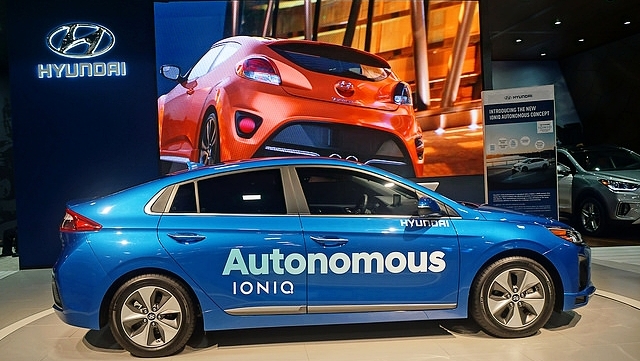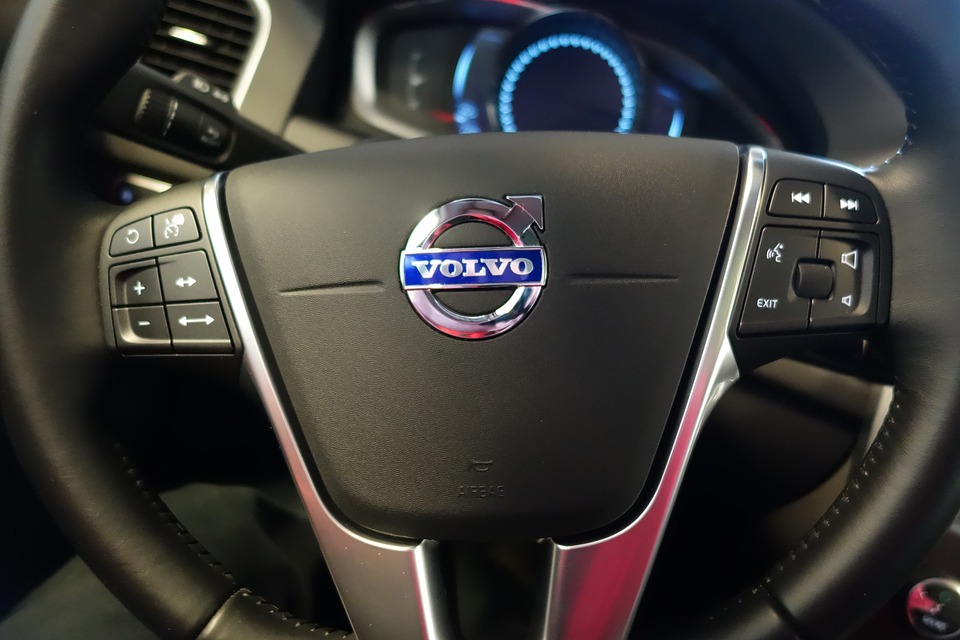One of the first things we are taught in driver’s education is how to properly hold a steering wheel. However, as technology progresses, our vehicles are increasingly gaining the ability to drive themselves. It seems that the future of driving is hands-free.
As reported by the Detroit Free Press, General Motors made an exciting announcement during the Intelligent Transportation Society’s annual conference in Detroit. GM revealed that their newest hands-free technology, known as the Super Cruise, will be implemented in their entire line of Cadillac vehicles as soon as 2020. Super Cruise is already available in the 2018 Cadillac CT6 Sedan, and after 2020, it will be introduced into other GM models, including GMC and Chevrolet. This innovative feature is described as, “the world’s first true hands-free driving system for the freeway.” It should be noted that “hands-free” driving only applies to simple cruising, and that manual control is necessary when changing lanes and merging or exiting the highway.
According to Cadillac, Super Cruise relies on LiDar mapping, short for Light Detection and Ranging, to allow hands-free driving across 130,000 miles of limited-access freeway stretching the US and Canada. Along with LiDar, GPS informs the system of upcoming curves and hills for the vehicle to adjust accordingly. Adaptive Cruise Control (ACC), another element of Super Cruise, accelerates the vehicle and actives the brakes when necessary.
Another main component of Super Cruise is the embedded Driver Attention System. While the emphasis is on hands-free driving, that does not mean attention free driving! Cadillac’s exclusive head tracking software certifies that drivers have their eyes on the road. If the system notices a lack of attention, it will send a series of alerts to inform the driver to either pay attention, or re-engage their hands on the steering wheel. Additional cameras and sensors work to maintain the vehicle within the proper lane markings as a part of the Lane Keep Assist feature.
It is important to keep in mind that while this technology is cutting-edge, it has not yet been perfected. There are many limitations that drivers should be aware of to avoid an unintended distracted driving car accident. As mentioned earlier, full attention is required by the driver while using Super Cruise. This means that any handheld devices, particularly cell phones, should be kept out of sight. It can be tempting to rely on this innovative technology to do the driving while the occupants of the vehicle watch TV or text, but in doing so, the distracted driver puts themselves at risk of a car accident injury. A fast reaction time may be vital in preventing a car crash, if a traffic obstacle requires the driver to manually take control of the vehicle.
While important, it is not enough to simply pay attention to the road when Super Cruise is activated. The vehicle must be regularly taken in for scheduled maintenance to ensure that all cameras and sensors are working properly. Additionally, for the technology to work as intended, road lane markings must be able to be detected by the vehicle. Because poor weather conditions may impact detection, Super Cruise is best used in good weather.
As stated by Steve Carlisle, Senior Vice President of GM and President of Cadillac, “Cadillac is proud to be the leader for the company’s [General Motors] innovation.” Super Cruise is an impressive, realistic step towards fully autonomous driving. The ultimate goal of autonomous vehicles is to eliminate human error, making driving safer and easier. But for the time being, the technology necessary to make this goal a reality is still developing. While the concept of Super Cruise is hands-free, the driver’s hands should still be nearby, and their eyes should stay on the road ahead.
No matter which vehicle make you are driving, and no matter if it has Super Cruise or not, the driver's full attention to the road is essential. All it takes is a few seconds for a car accident to occur. If you or someone you know has been involved in a distracted driving car accident, contact The Michigan Law Firm, PC at 844.4MI.FIRM for a free legal consultation.













































